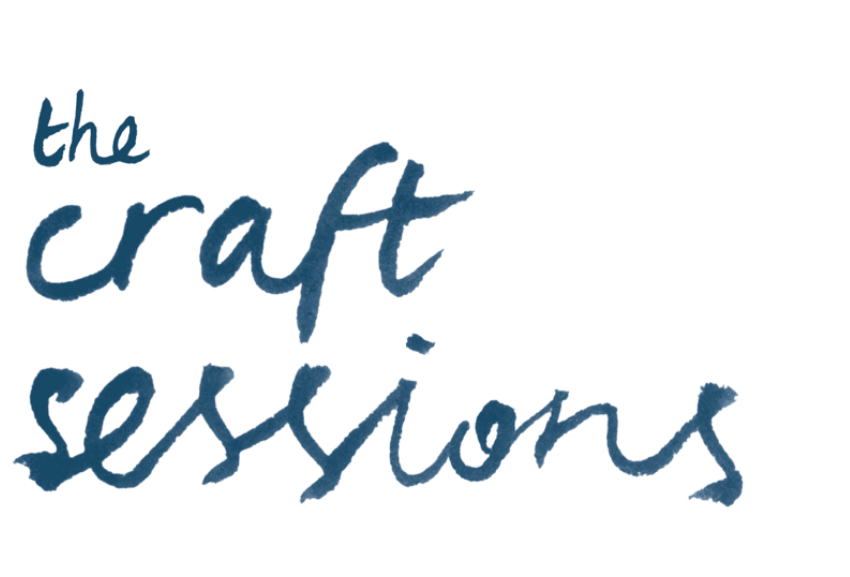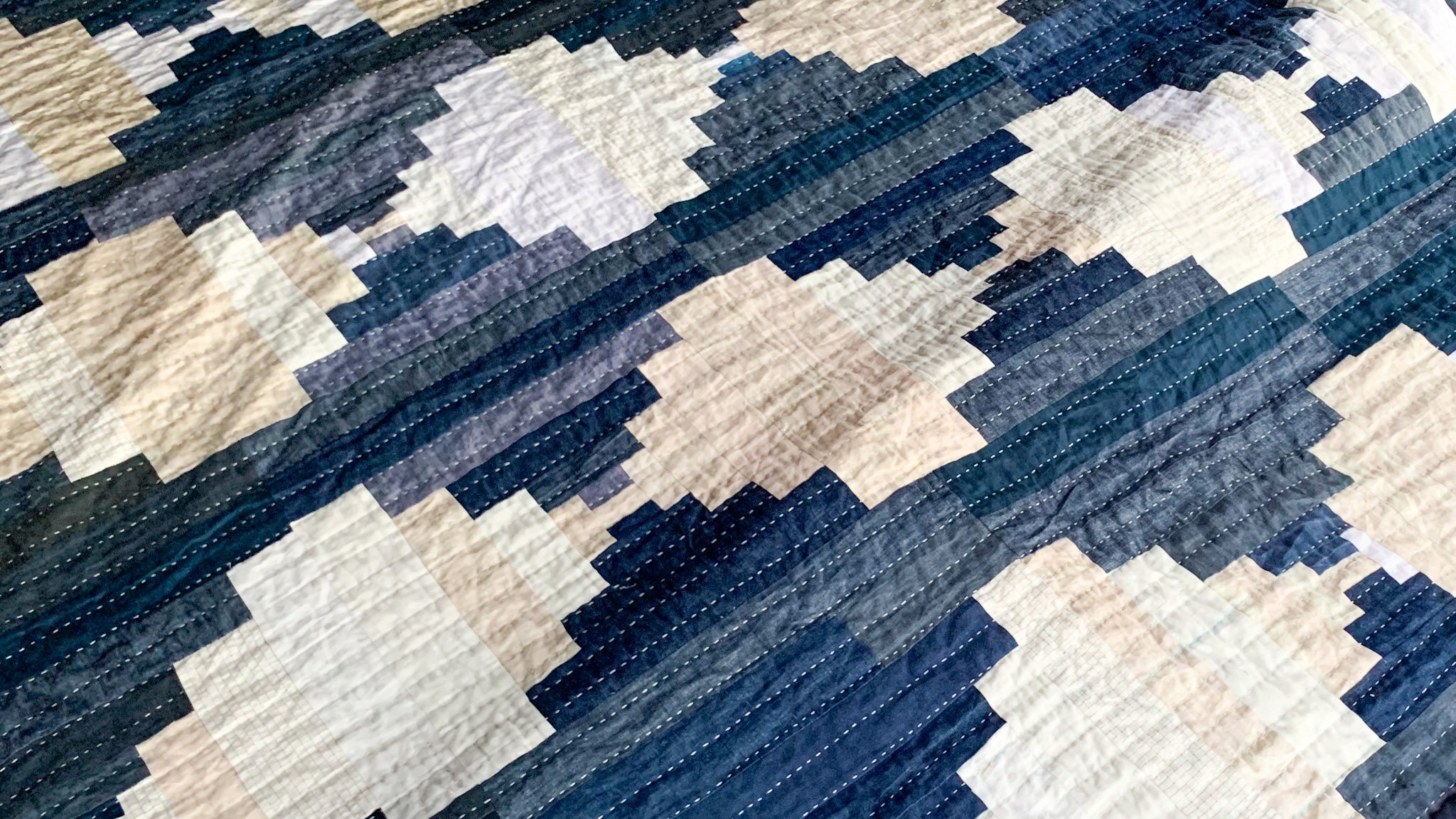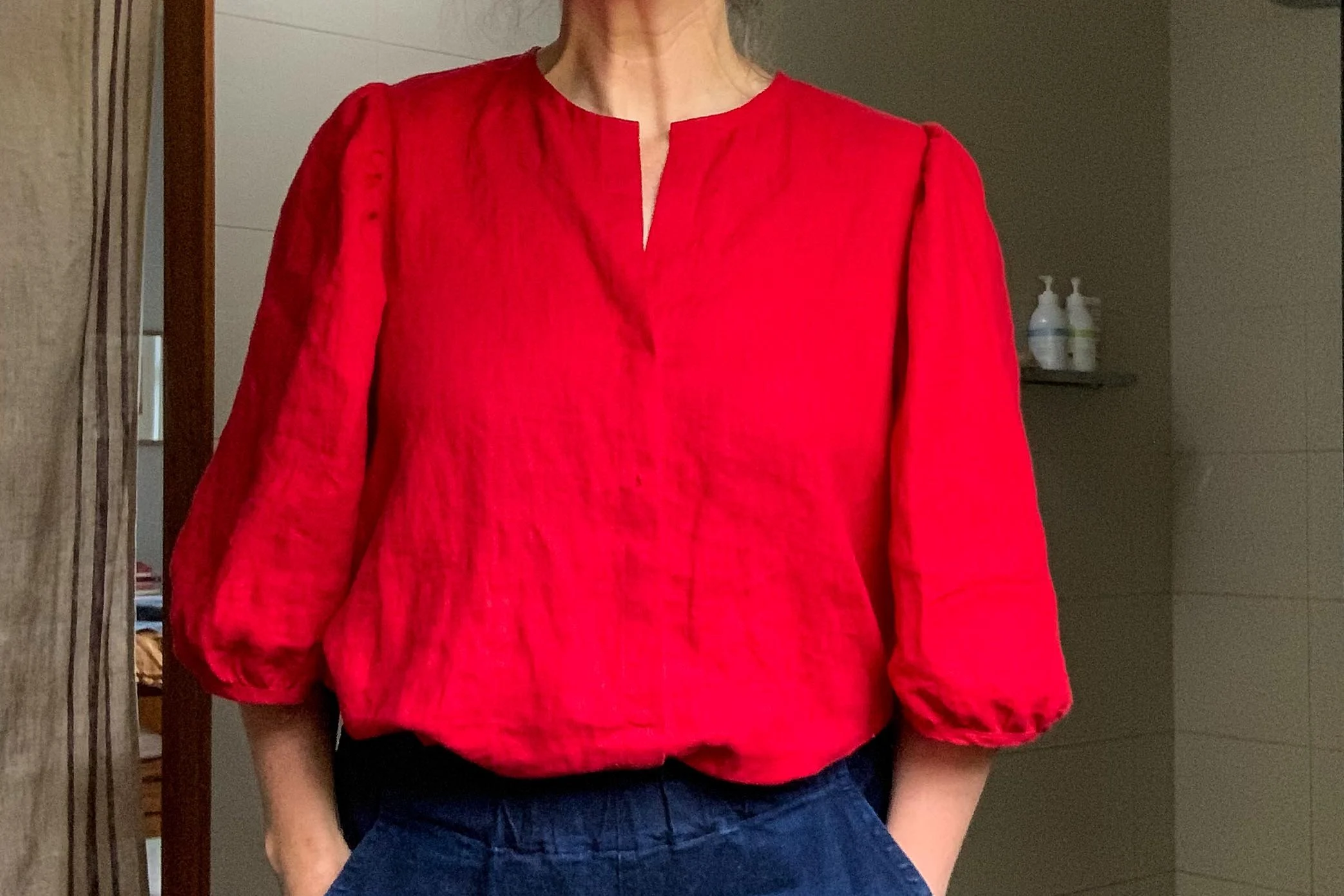When I was a newbie crafter I often purchased materials because I thought they were cute (for the kids), or beautiful (for me), or they were on sale (cheap). I put little thought into the properties of the materials I was using because I didn’t understand how critical they were. I thought that yarn was yarn, and fabric was fabric. And I think this is a common mistake that many new crafters make.
For me, choosing the wrong materials lead to many projects that were technically OK, but just didn't sing. And if you are going to take the time to make something with your hands you really want it to sing, don't you?
Materials categorically affect the success of your project. They affect the longevity, the usability, the beauty and ultimately the joy the project brings; while it is being created and during it's lifetime.
When your project is completed, it is the properties of material that matter - does it drape, does it pill, does it stretch, does it have enough weight, does it have enough strength, is it stiff, is it floppy, is it too heavy, too light and most importantly does it work for the thing you are making. Some properties are immediately visible but sometimes you can’t tell until the project is complete. And sometimes, even after a lot of practice you get it wrong.
As a lovely instagram friend reminded me the other day - a gorgeous material is only gorgeous if paired with the right pattern. The perfect pairing of a project and materials will bring out the best qualities of both the pattern and the materials.
Let's use longevity as an example because it is one of the key things I am looking for. I want my projects to last, and I want them to wear beautifully.
Much of my making is children's clothes. Much of the wearing they do of those clothes is a little harsher than you or I might wear them. Blueberries, watermelon, grass, glue, ink and many many rocks have created havoc on the things I have lovingly made for them. As a loving parent your only option when faced with the carnage is to smile and hold your pain deep deep inside. As a result I have upped-the-anti on the materials I use, based on the number of outfits coming home from school with holes in the bottoms. I'm still making the same patterns but I no longer use flimsy fabrics. For shorts I once used cotton fabrics including jersey and quilting cottons. My baseline is now a lightweight canvas or linen/cotton blend. Something with strength and durability.
I do something similar for kid's frocks. Although the odd one gets made out of something super light and plain (I'm looking at you lovely pale pink Geranium that now has three ink stains and a hole in the front), I generally only make them out of a quilting cotton weight fabric. I trade off beautiful drape for durability.
Lesson - Small person shorts (in our family) need to be made in a light canvas if the aim is to get more than a few weeks wear from them.
I was wondering out loud the other day why I use so many prints in the fabrics I choose, rather than solids (which I love). I have realised the answer is "to disguise the wear and the stains". Again this is something to consider when choosing your materials if you are making for mucky pups like my lot. You will never achieve the gorgeous tone-on-tone linen kidswear look so beautifully epitomised by the Scandinavians, but I've learnt to live with that and you can too ;).
Lesson - Prints increase longevity due to stain disguising powers.
After strength, the next thing to consider is how it wears as well as the beauty of the material. Ask the question - is it still beautiful when used with the pattern I have in mind?
A knitting example - Once when I was a newish knitter I got completely suckered in by all the comments on Ravelry about the softness of Malabrigo Worsted. It is truly an amazingly soft yarn! I took the plunge and ordered a sweaters worth in the gorgeous Paris Nights colourway. I then knitted a whole jumper. At the time this was a massive undertaking that involved emotional strength and guts. Before I had even finished the jumper I could see that it was going to pill like a b@#%ard. Who wants to walk around the streets looking all pill-y? So it became a house cardigan - but it was too depressing to even use for that. I threw it away for it’s sake and mine. It just made me too sad.
Lesson – A super-soft wool is not generally a good sweater wool.
Later I used the very same super-soft Malabrigo Worsted for a Toddler Cowl – a project to which it is entirely suited and it still looks stunning a year or two in. The kid loves it because it is “just so soft mama”. Perfect pairing.
Lesson – A super-soft wool makes a great kid cowl.
Now all this talk about the "right" materials may have you thinking that I am talking about expensive yarns and fabrics. To which I would say – not at all!! Two recent projects were tiny baby vests that I made using yarn that was about $4.50 a ball. One was a tiny big squeaky but the other was Alpaca and simply divine. A favourite pairing of materials and pattern was a Wiksten skirt I made by chopping up an old pregnancy dress I loved. It no longer fits as I no longer have DD boobs, but rather than throw it out, I hoarded it because I loved the swish of the fabric. I made it to go on holiday and it is one of the favourite things I have ever made.
Below is a photo of the aforementioned skirt but in an effort to keep it really real in this space I want to give you the following info ;). The photo is a selfie taken in a campsite bathroom that was citrus yellow and royal blue. It was taken at a very very weird angle to make use of the tiny white bathroom door as a backdrop. In real life I am much more woman shaped.
The right materials are ones that suit the pattern you are using AND with that pattern achieves the properties you want the project to have.
simple things to remember when choosing materials if you are a newbie
Fabrics - If you are choosing materials for clothing think about the weight of the fabrics that you currently wear for that type of garment at the moment. If you are making a frock check the back of the pattern obviously, but then go and feel similar frocks in your cupboard to get an idea of the weight of fabric you should be looking for. Pick up the skirt in your hand and let it fall to see how the fabric drapes. These are the qualities you are looking for in a fabric is what you are looking for when you shop.
Yarn – Look for yarns that have similar properties to the ones suggested in the pattern. But remember that 100% wool and 100% wool are not the same thing. If possible feel them, look on Ravelry, and ask for advice. Look for whether they have ply's twisted together (strands twisted together) or whether they are a single yarn strand or whether they are woollen spun. Some 100% wools are supersoft and floppy. Others are twisted and solid. Others are bouncy and spun. If you aren't sure what any of this means then pop back tomorrow and I will give you a wonderful resource.The more you can learn about fibre the better!!
Feel free to ask me any question you want about what materials to use when. I'll do my best to help.
Felicia x
























